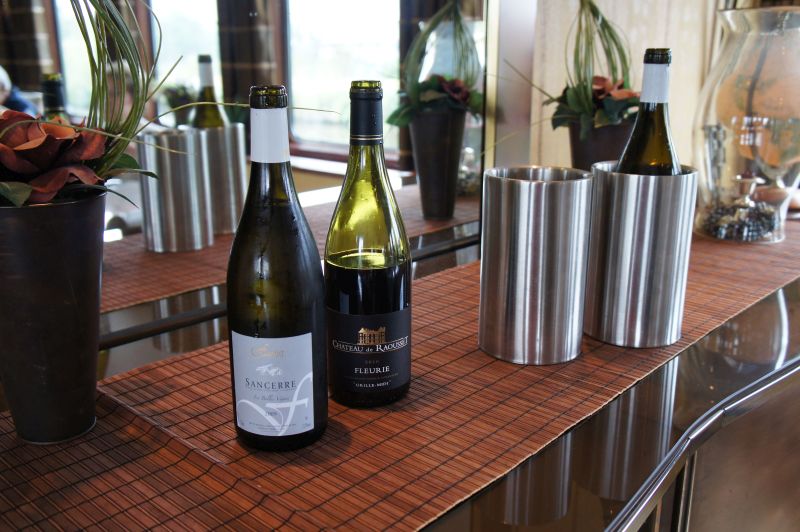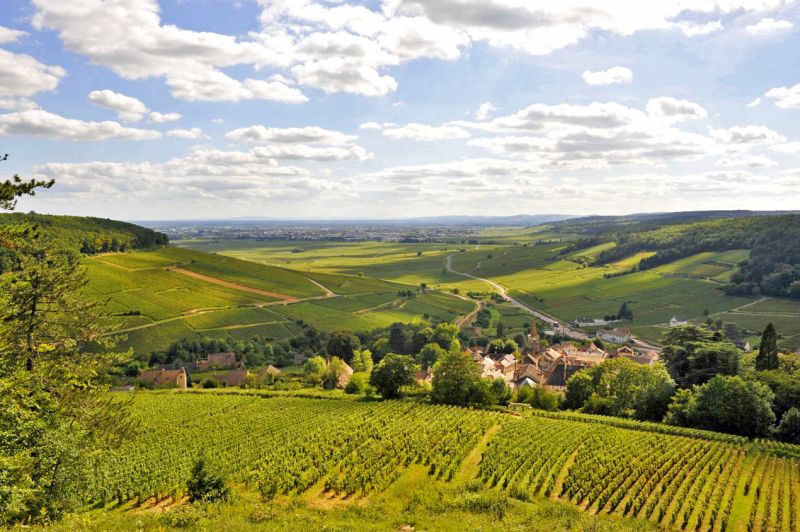Everybody who’s ever tasted wine has an opinion on it, and consequently it can be a bit of a minefield when it comes to sorting unvarnished truth from enthusiastic hearsay. And to that end, we’ve spoken with one of our many wine contacts who’s been kind enough to dispel a few myths for us.
Top 5 Wine Myths

1. Chablis is cheap, sweet, wine.
At the lower end of the US market it may well be, and you might have had a few experiences with boxed Chablis throughout your college years but that’s not what we’re talking about here!
Chablis, made from the chardonnay grape, and grown in the Burgundy wine region of France are among some of the best white wines the world has to offer, in terms of taste, they are often noted for their beautiful minerality (imparted from the flinty soil) and long acidic finish.
2. Champagne should always be served in flutes.
Not the case! Champagne is still a wine, and while it does look lovely bubbling away in a narrow elegant flute, we’d actually suggest something of a similar ilk to a large Riedel glass. Yes the flute does prohibit the Champagne’s bubbles from dissipating too quickly, however the larger, more open glass will allow you to pick up the more subtle aromas on the nose. It’s a matter of personal preference.

3. A Screw Cap Indicates Poor Quality Wine
Not at all true, and while a screw cap wine can be “corked” – the chances of coming across a corked screw cap are far less than that of traditional cork, an estimated 3% of which is affected by TCA – the chemical that creates those mouldy aromas associated with a dud bottle. In fact, the majority of new world wine producers prefer a screw cap.

4. If I like a grape variety grown in one place, I’ll definitely enjoy it if it’s grown elsewhere
Wines are incredibly complicated. A Malbec grown in Occitanie, France is going to have a totally different taste to a Malbec grown in Mendoza, Argentina. There are a huge amount of contributing factor to the wine’s taste beyond the variety of the grape; climate, soil, gradient of the earth, time of harvest and the ageing process all impart different flavours and feel to the wine.

5. Chardonnay is big, oaky and buttery
Yes it can be, and throughout the 1980’s and early 1990’s the market reached a bit of a saturation point insofar as the vast majority had had enough of heavy, oaky chardonnay. Now, as with anything the market dictates what is produced, and in general there is currently a leaning towards the unoaked variety, flavours of green apple and lemon dominate on the palate, giving way to a long finish characteristic of a good Chablis.
 English
English
 Spanish
Spanish French
French German
German Norwegian
Norwegian Portuguese
Portuguese Swedish
Swedish Italian
Italian Russian
Russian Simplified Chinese
Simplified Chinese Japanese
Japanese